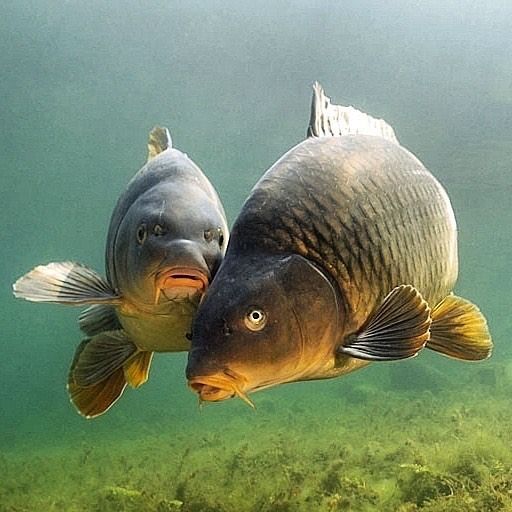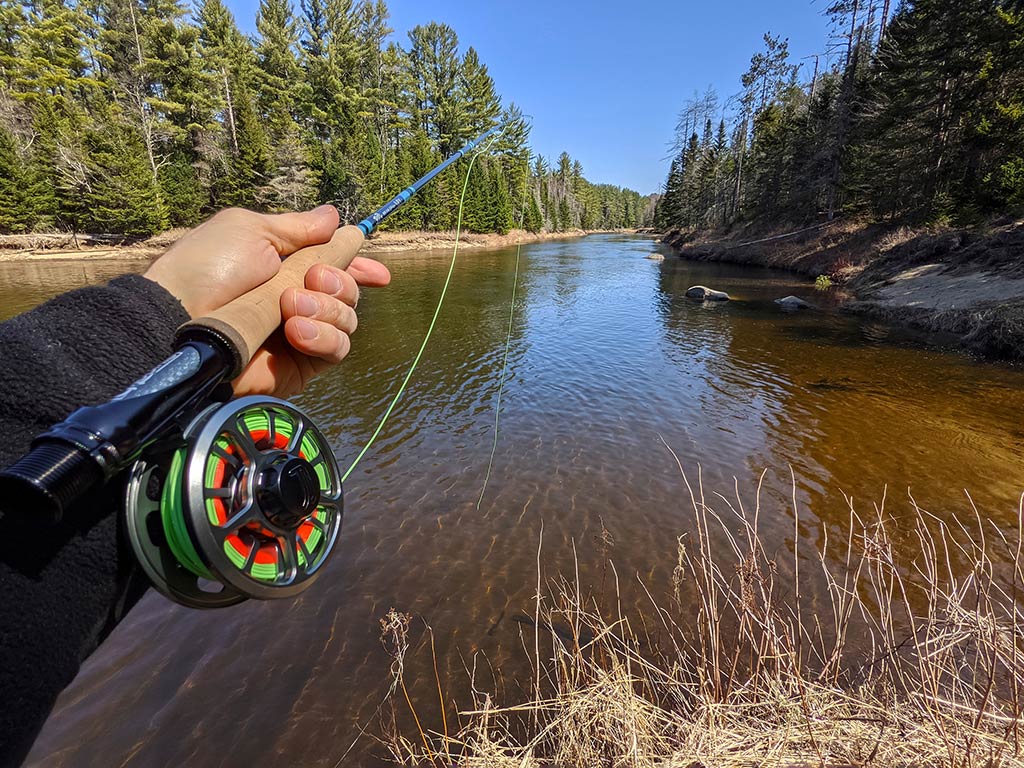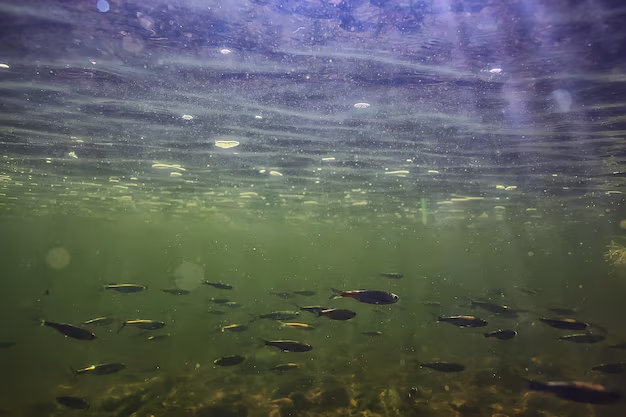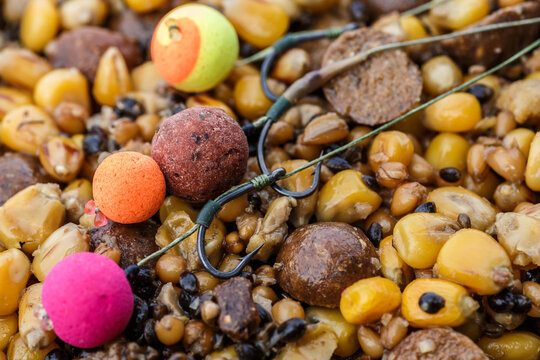
Six Types of Carp Rigs for Beginners

8 min read
There’s something almost magical about the moment when a carp takes your bait. That gentle tug on the line, the buildup of tension, and then—boom!—you’re locked in a battle of wits with one of freshwater’s wiliest creatures. But here’s the thing: without the right rig, you might as well be fishing with a stick and a piece of string.
When I first started carp fishing, I was absolutely lost in the tangle of rigs, hooks, and terminal tackle. Sound familiar? Don’t worry—we’ve all been there. Getting your head around different rigs is one of those hurdles every beginner faces, but once you clear it, your catch rate will thank you.
Let’s break down six beginner-friendly carp rigs that won’t leave you scratching your head or coming home empty-handed. These aren’t just any old setups—they’re the bread and butter of carp fishing, the ones that have stood the test of time on banks across the country.
1. The Hair Rig—Where Every Carper’s Journey Begins
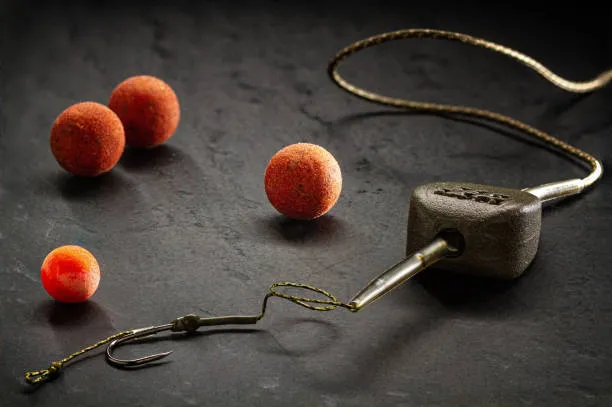
The Hair Rig—Where Every Carper.webp The hair rig might just be the single most important innovation in modern carp fishing. It’s been around since the 1970s, but its brilliance lies in its simplicity.
So what makes it special? Unlike traditional methods where the bait sits directly on the hook, the hair rig positions your bait on a short “hair” that extends from the hook. This means when a carp sucks in your bait, they don’t immediately feel the hook—pretty sneaky, right?
To tie a basic hair rig:
- Start with about 8 inches of line (20lb monofilament or braid works well)
- Tie your chosen hook using a knotless knot
- Leave a tag end (the hair) extending past the hook
- Add a hair stop or bait stop at the end of the hair
- Thread your bait onto the hair and secure it with the stop
The beauty of this setup is its versatility. You can use it with nearly any bait—boilies, corn, tiger nuts, you name it. For beginners, I’d recommend pairing it with a simple lead setup and a 12-15mm boilie to start.
Remember when tying this (or any rig), wet your knots before pulling them tight. Trust me, a dry knot is a weak knot, and nobody wants to tell stories about “the one that got away” because of knot failure.
2. The Chod Rig—For When the Bottom’s a Mess

Ever cast into what you thought was a nice clean spot, only to reel in a hook covered in weed or silt? Yeah, me too. That’s exactly where the chod rig shines.
This rig is designed to present your bait floating just above the lake bed debris. It’s particularly handy when you’re fishing over leaves, light weed, or silt where other rigs might get buried or tangled.
The chod rig uses a stiff curved section of line (called a chod section) that helps the rig reset itself if a carp blows it out while feeding. The curved shape keeps your hook riding point-up, ready for action when a carp decides your bait looks tasty.
Setting up a basic chod rig requires:
- A stiff hooklink material (fluorocarbon or stiff coated braid)
- A wide-gape hook (sizes 4-8 work well for beginners)
- A small ring swivel to attach your hooklink
- A bait, typically a buoyant pop-up boilie
3. The Method Feeder Rig—A Deadly Combination
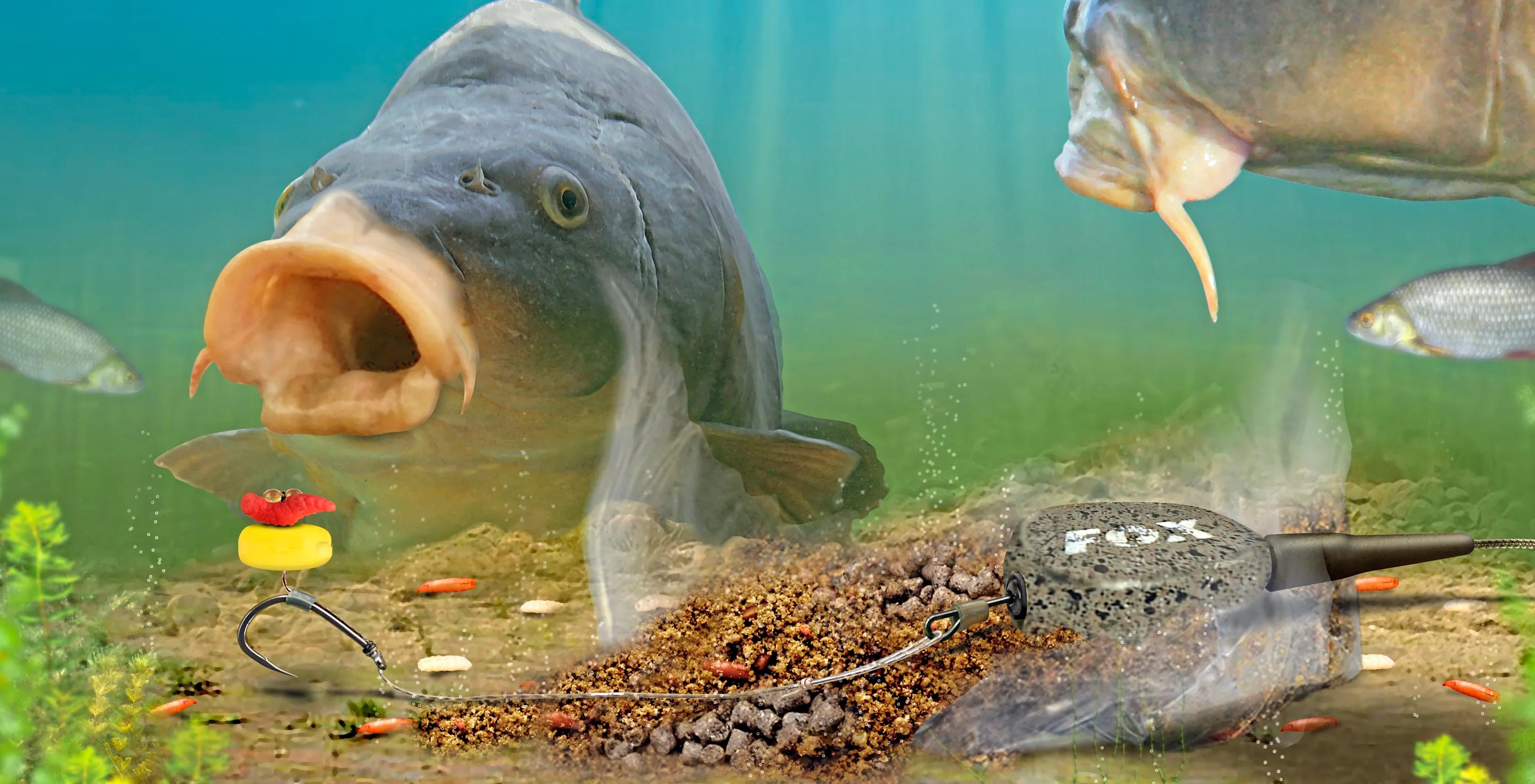
The method feeder isn’t just a rig—it’s a bait delivery system that creates a perfect little dinner plate for curious carp. If you’re coming from match fishing, you might already be familiar with this one.
What makes the method feeder so effective is how it packs groundbait around your hook bait, creating an attractive pile of food on the lake bed. When a carp starts to feed on the groundbait, they find your hook bait right in the middle—it’s like hiding a needle in a very tasty haystack.
To set up a method feeder rig:
- Start with a method feeder mold and appropriate sized feeder
- Use a short hooklink (around 4 inches is perfect)
- Choose a hook size 10-14 depending on bait size
- Attach a hair rig with your chosen hook bait
Groundbait choice matters here. For carp, I like using a sweet groundbait mixed with a few crushed boilies of the same flavor as my hook bait. Consistency is crucial—too wet and it’ll fall off before reaching the bottom; too dry and it won’t stick to the feeder.
One thing I’ve noticed is that method feeders work exceptionally well in warmer months when carp are actively feeding. In colder weather, you might want something more subtle, which brings us to…
4. The Running Rig—Simple Yet Effective
Sometimes the old ways are the best ways. The running rig has been around forever, and there’s a good reason for that—it flat-out works.
This setup allows your lead to slide freely on the main line, giving carp minimal resistance when they pick up your bait. When they feel something’s not right and try to eject the bait, the weight of the lead sets the hook for you. Pretty clever, right?
Creating a running rig is refreshingly straightforward:
- Thread a lead onto your main line
- Add a bead to protect the knot
- Tie on a swivel
- Attach your hooklink and hook
I generally use this rig with longer hooklinks (8-10 inches) for wary carp or in clear water conditions. The freedom of movement it provides can make all the difference when targeting cautious feeders.
One tip I picked up from an old-timer at my local lake: when using a running rig, cast gently. A violent cast can cause the lead to slide down and tangle with your hooklink. A smooth, controlled cast will ensure your rig lands as intended.
5. The Pop-Up Rig—Rise Above the Competition
Ever noticed how some days carp just seem to ignore baits sitting directly on the lake bed? That’s where pop-up rigs come into their own.
A pop-up rig uses buoyant bait to hover tantalizingly above the bottom, standing out from any natural food or competitor’s baits. It’s like raising your hand in a crowd—it gets noticed.
The basic pop-up rig consists of:
- A balanced hooklink (coated braid works well)
- An appropriate sized hook (I find size 6-8 works for most situations)
- A buoyant pop-up boilie
- Sometimes a small split shot on the hooklink to balance the setup
The height of your pop-up is crucial. For most fishing situations, having it hover about 1-2 inches off the bottom is perfect—visible enough to attract attention but not so high it looks suspicious.
You know what’s interesting about pop-ups? They’re incredibly effective in winter when carp feed less aggressively. The visual appeal of a bright bait hovering just off the bottom can trigger bites even when fish aren’t actively searching for food.
6. The Zig Rig—Fish the Upper Layers
Now for something completely different. While most carp rigs target fish feeding on the bottom, the zig rig flips the script by presenting bait mid-water or just under the surface.
During warmer months, carp often cruise in the upper and middle layers of the water. The zig rig lets you target these fish by suspending your bait at precisely the right depth.
Setting up a zig rig involves:
- A very long hooklink (anywhere from 3-12 feet depending on water depth)
- A small, light hook (size 10-12)
- Buoyant foam or a small pop-up as bait
- Usually black in color to create a silhouette against the sky
The trickiest part of zig fishing is finding the right depth. I always start by setting three rods at different depths—one at about mid-water, one a bit higher, and one a bit lower. Once you get a take, you can adjust the other rods to match.
Bringing It All Together—Choosing the Right Rig
So there you have it—six reliable carp rigs that won’t let you down as a beginner. But how do you choose which one to use? It really comes down to three things:
- Lake conditions (weedy, silty, clean bottom, etc.)
- The season and water temperature
- Carp behavior at your venue
Start simple with the hair rig and the running rig. Master those, then gradually add the others to your arsenal as your confidence grows. And remember, even the most perfectly tied rig won’t work if there are no fish in your swim—location is still the most important factor in carp fishing.
I’d recommend carrying the components for at least 3-4 different rigs on any fishing session. Water conditions can change, and carp can be fickle creatures—being able to adapt your approach can save a seemingly dead session.
One last thing—don’t get too caught up in rig minutiae at the expense of enjoying your fishing. I’ve seen plenty of beginners so focused on creating the “perfect rig” that they forget to actually fish! The best rig is the one that gives you confidence, and confidence comes from catching fish.
So grab your tackle box, pick a rig, and get out there. The carp are waiting, and now you know just how to fool them.
Tight lines!
